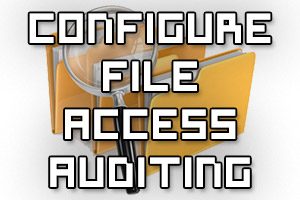
We can create and configure resource properties and lists to specify extra properties that can be used on files and folders. A resource list simply contains one or more resource properties, both are created through Active Directory Administrative Center as we’ll see in the examples.
These are needed as part of a Dynamic Access Control (DAC) solution to create and configure central access rules.
Additional properties can be set on a file or folder using resource properties. This is similar to file classification but instead works at the domain level rather than only on the file server. We can use these resource properties to configure access to the file that they are applied to.
Read more »









